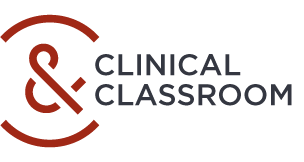The JBJS Quiz of the Month is a collection of 10 relevant questions from each orthopaedic subspecialty. The questions are drawn from JBJS Clinical Classroom, which houses over 4,500 questions and 3,100 learning resources. Take the Quiz to see how you score against your peers!
NOTE: This quiz does not earn users CME credits. The questions must be answered within Clinical Classroom to earn CME credits.
